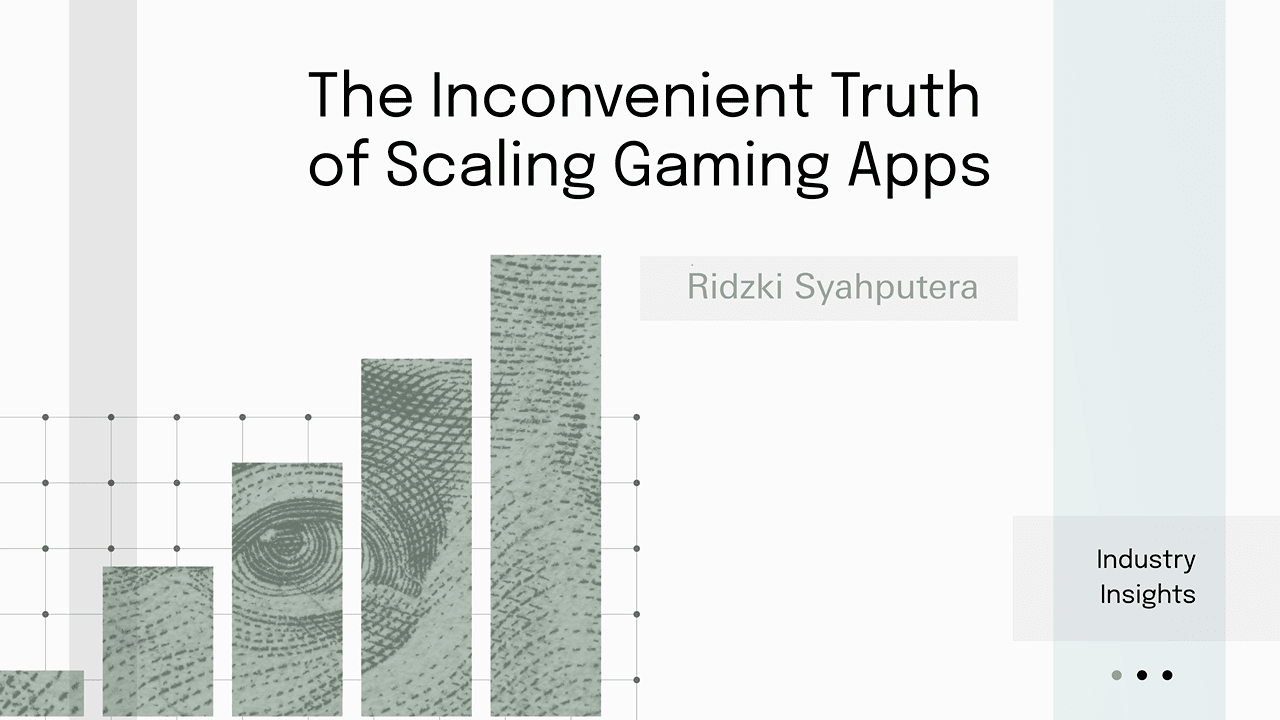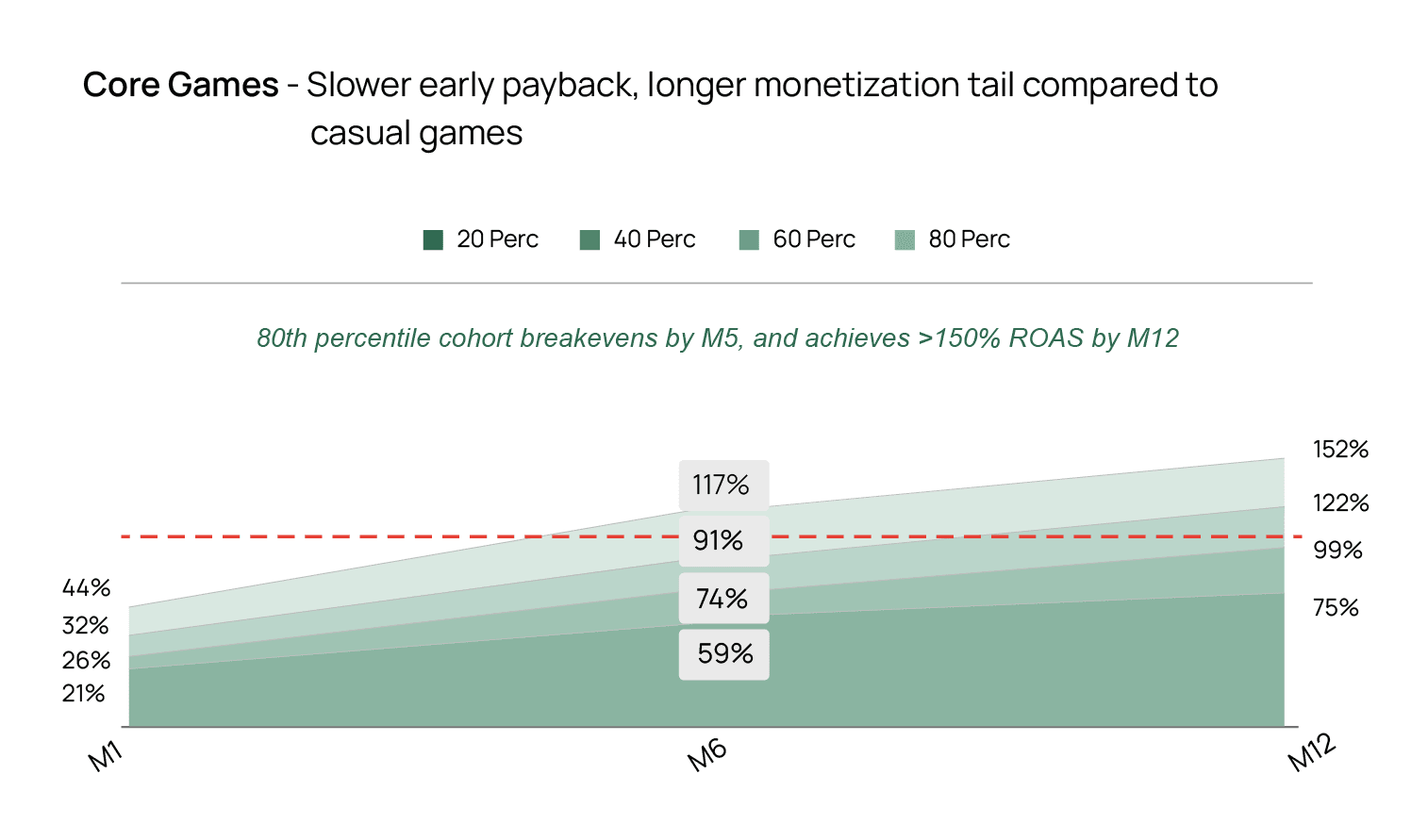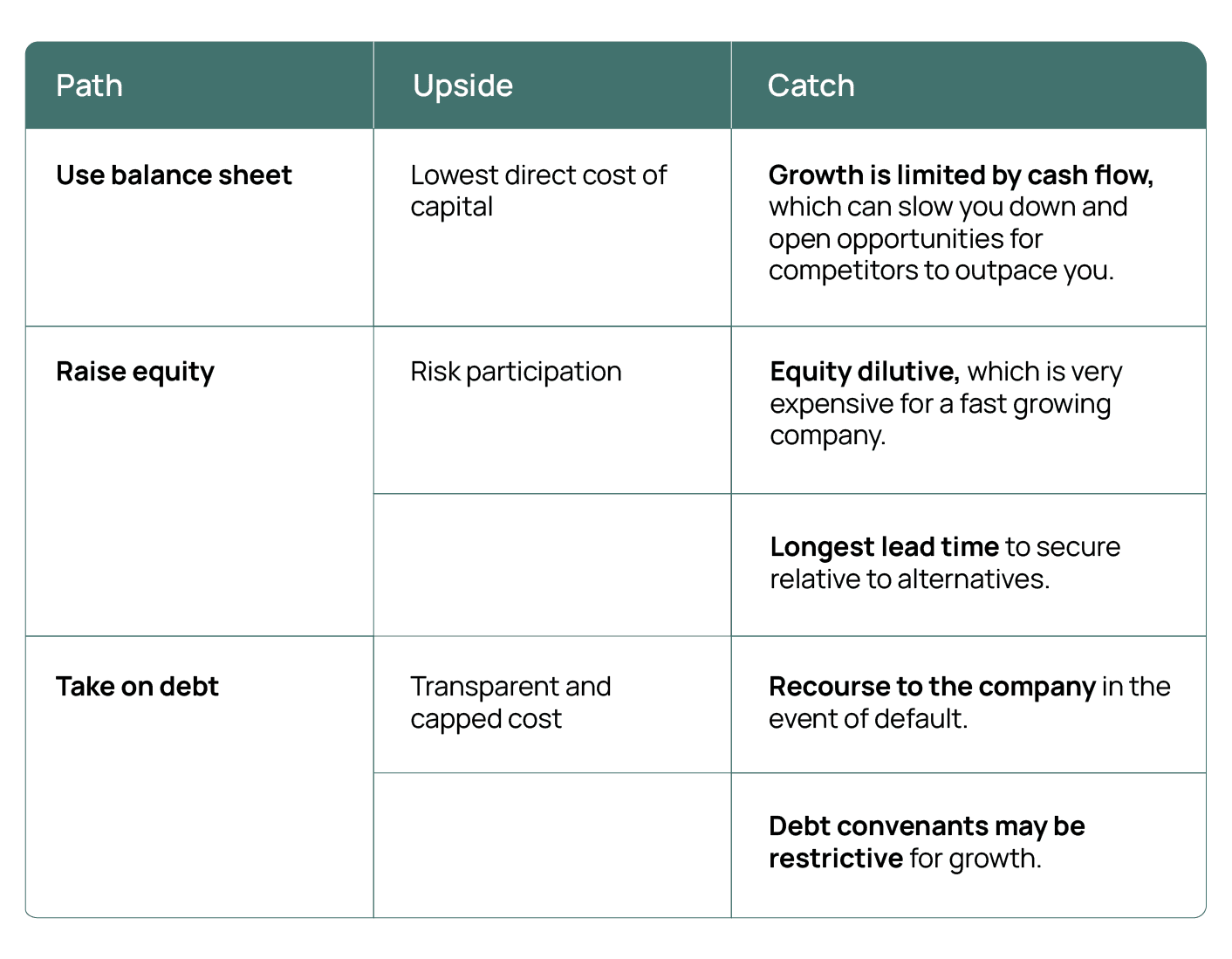Mobile game studios are spending 50-75% of their net revenue on marketing. The truth is that although there is plenty of money to be made in gaming, you need to be well capitalized to succeed.
Jul 21, 2025 - 5 min read

Every successful mobile game reaches a pivotal moment when an untested product transforms into a profit-printing machine. When you arrive at this stage, you want to be well funded to capitalize on the moment.
The inconvenient truth is that if you want to make a lot of money in gaming, you need to be prepared to invest a lot of money into marketing.
Gartner recently published their annual CMO Spend Survey Report, which interviewed 402 marketing leaders in North America, United Kingdom and Europe across different industries, company sizes and revenue. The survey looks at marketing budget as a percentage of total revenue. The findings showed that in 2025, the average marketing spend as a percentage of total revenue was 7.7%.
This figure is to be expected by most companies across industries but is starkly different from what we’ve come to expect in gaming.
PvX Partners ran an internal study to benchmark Net ROAS performance – defined as return on marketing spends based on net revenues after deducting platform fees – across the Casual and Core gaming categories. Below were the findings:


What is interesting to note is that at month 12, the 60th percentile of the 3000+ cohort data points observed, achieved 139% and 122% Net ROAS respectively. Beyond 12 months, we would expect more ROAS but in relatively small increments. If we generously added 50% ROAS over the remaining lifetime of the cohort, we would still be looking at Net ROAS below 200% for both categories.
In other words, the majority of gaming companies that were studied invested $1 in marketing and could expect to make less than $2 over the cohort’s lifetime. This effectively means that the most profitable gaming companies are spending in excess of 50% of their net revenues on marketing. Moreover, the vast majority of companies are spending an even higher percentage of their revenues, spending upwards of 75% if they reach a terminal Net ROAS of 130%.
This is not necessarily a bad thing- we know that some of the biggest mobile gaming publishers are incredibly profitable businesses at scale. The inconvenient truth however is that unlike any other business, the mobile gaming industry is highly capital intensive on marketing. In order to scale these businesses, you need to be well capitalized to capture market share.
If you have a product that has predictable returns and is growing double digits month-over-month in marketing spend, sourcing capital becomes a pressing and mission critical task. Traditionally, companies have relied on three primary options:

Each option presents trade-offs, and until now, there hasn't been a solution that combines speed, cost efficiency, and risk mitigation.
A new breed of financial institutions are emerging offering capital on the basis of cohort performance. This underwriting framework evaluates the predictability of a company’s future revenues based on their marketing efficacy. By doing so, they take a view on how much a company can spend vs. how much it should be limited to.
Cohort financing provides growth capital in exchange for a revenue share on the future cohorts that will be acquired. Repayments flow in lock-step with projected ROAS and in the case of underperformance, the lender takes on downside risk alongside the company. The result:
Scaling your mobile game will always be capital intensive, but the capital instrument you choose can either be a brake or a flywheel for the business.
If you’re curious about how cohort financing might fit into your strategic growth plans, reach out to us at PvX Partners.
Some of the fastest growing businesses in the industry